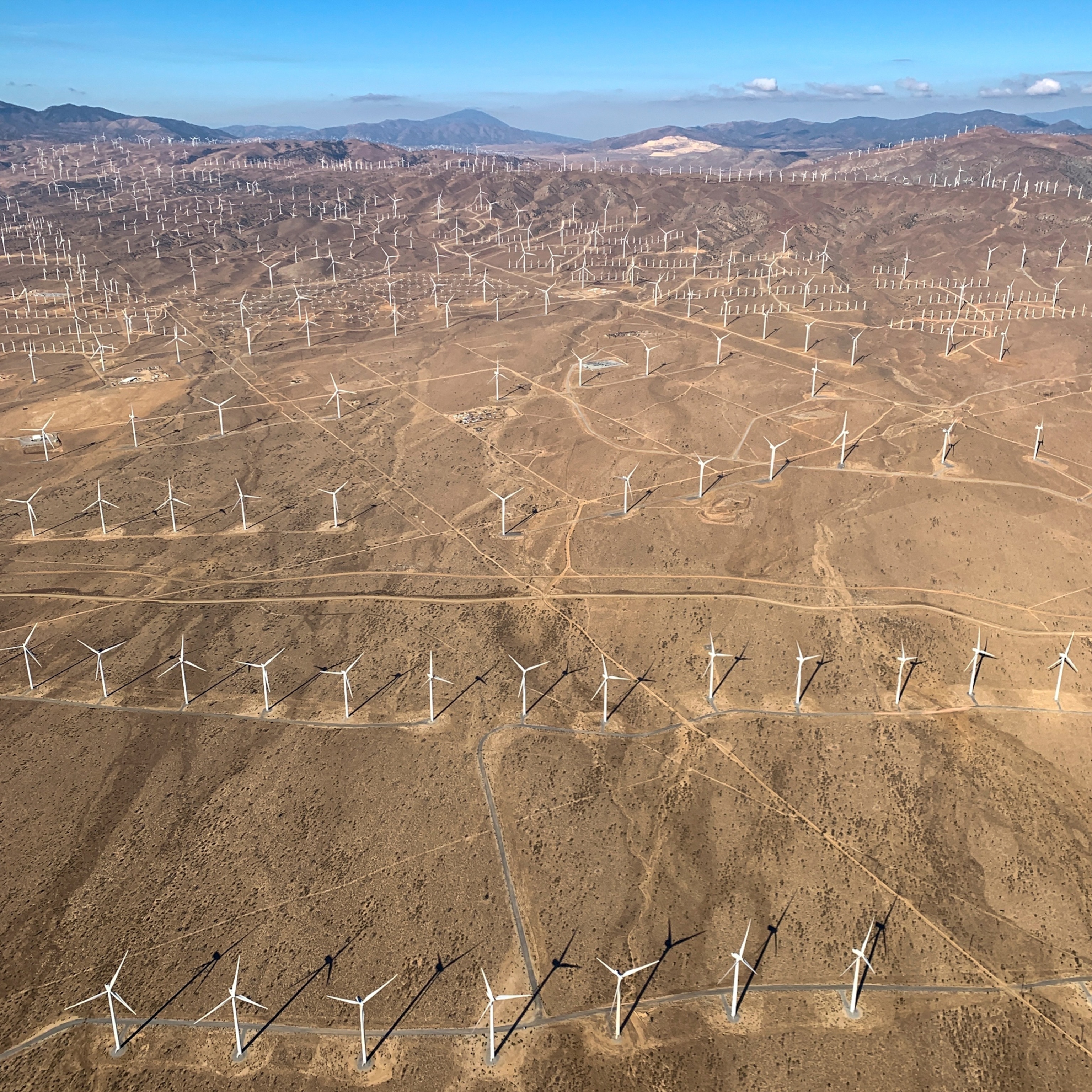
‘It’s now or never’: UN climate report’s 4 urgent takeaways
To limit warming to manageable levels, the world has only a few years to stop using fossil fuels completely.
Unless global greenhouse gas emissions peak no later than three years from now and are cut nearly in half by 2030, the world will likely experience extreme climate impacts, according to the latest report from the UN’s Intergovernmental Panel on Climate Change (IPCC).
According to the report, Climate Change 2022: Mitigation of Climate Change, which was released on Monday, if urgent action is not taken, humanity will fail to limit warming to 1.5 degrees Celsius (2.7 degrees Fahrenheit), the threshold for a future of more fires, drought, storms, and more. At their presently rising levels, however, greenhouse gas emissions are likely to create twice as much warming: approximately 3.2°C (5.7°F) by 2100.
“It’s now or never, if we want to limit global warming to 1.5°C,” said Jim Skea, co-chair of the IPCC working group that produced the report, at a press briefing. “Without immediate and deep emissions reductions across all sectors, it will be impossible.”
Greenhouse gases in Earth’s atmosphere are at their highest levels in human history. Emissions of the gases fell sharply in 2020 as a result of pandemic lockdowns, but in 2021 they equaled or even surpassed the record in 2019, when they were about 12 percent higher than in 2010—and 54 percent higher than in 1990, when the first IPCC report was published.
Skea noted, however, that “there is increased evidence of climate action.” The rate of increase in greenhouse gas emissions was slower between 2010 and 2019 than over the previous decade; and technologies and policies do now exist that would enable sharp reductions in emissions—if the political will exists to implement them.
“We are at a crossroads,” added IPCC Chair Hoesung Lee at the briefing. “The decisions we make now can secure a livable future. We have the tools and know-how required to limit warming.”
Some of the key takeaways from the report include:
The clean energy revolution is becoming much cheaper
For there to be any hope of limiting warming to 1.5°C, the use of coal must be slashed by 95 percent worldwide, while consumption of oil and gas has to be reduced by 60 percent and 45 percent, respectively, by 2050. Fortunately, for many people in many places, installing new clean energy is cheaper than operating existing fossil-fuel energy, and often cheaper than installing new fossil-fuel infrastructure.
From 2010 through 2019, the cost of both solar energy and lithium-ion batteries declined on average by 85 percent, while that of wind energy decreased by 55 percent. Such declines have enabled significantly more widespread deployment of those technologies: For example, the use of electric vehicles soared by 100 times over the same decade, and solar power is now 10 times more prevalent worldwide, although such figures vary widely from country to country and region to region.
“We have, at least in the research, development, and demonstration phase, all the technologies we need to decarbonize our economy, and the ones that we still need to develop could be developed swiftly with the right policies,” says Genevieve Guenther, founding director of End Climate Silence and author of the upcoming book The Language of Climate Politics. “As we saw in World War II, when at the beginning some of us were using a horse and buggy and by the end we were splitting the atom, human beings can achieve marvels when we put our minds to it.”
Politics and resistance to change are the primary obstacles
Many countries have implemented policies that have enhanced energy efficiency, reduced rates of deforestation, or accelerated the deployment of clean energy technology. Others have pledged reductions in emissions under the Paris Agreement. However, many countries’ targets are not ambitious enough, while other countries have promised to reduce their emissions significantly but show no signs of taking the necessary actions.
“Some government and business leaders are saying one thing—but doing another,” said United Nations Secretary-General Antonio Guterres in response to the report’s release. “Simply put, they are lying. And the results will be catastrophic.”
The IPCC report argues that “on technological and cost considerations alone, mitigation of emissions to limit warming to 1.5°C is feasible.” The obstacles are “politics and power relationships and status-quo interests blocking climate policies, including fossil fuel phaseout. This includes disinformation campaigns that actively seek to undermine faith in climate science.”
“This is the first time that I’ve seen disinformation given this much prominence in an IPCC report,” says Alexander Barron, assistant professor of environmental science and policy at Smith College in Massachusetts. “As a scientist working on climate policy, I have seen so-called experts whose message has been amplified by fossil-fuel funded think-tanks; I’ve seen actors hired to show up at community meetings; for me, it’s hard to overstate the extent to which there’s been active opposition to moving in the directions we need to.”
Additionally, the report notes that funding of renewable energies “falls well short of what is needed” and, in fact, continues to pale in comparison to the subsidies given to fossil fuels. It concludes that just ending such subsidies could reduce greenhouse gas emissions by 10 percent by 2030.
Deep and rapid cuts to methane emissions are critical
Although shorter-lived and less abundant in the atmosphere than carbon dioxide, methane is a much more potent greenhouse gas; it is projected to account for 60 percent of non-CO2 greenhouse gas emissions by mid-century. Because it is less persistent in the atmosphere, however, deep cuts in its emissions can swiftly reduce its impact on warming.
One of the most effective ways to do so is to target “fugitive” emissions—methane that escapes into the atmosphere during the extraction and transport of natural gas, or from long-abandoned oil wells. The IPCC calculates that fugitive emissions account for about 32 percent of the methane released into the atmosphere globally and 6 percent of all greenhouse gas emissions.
CO2 removal will be a key stop-gap–with caveats
Given the slow progress toward reducing the amount of greenhouse gases spewing into the atmosphere, the report argues that it will be vital in the interim to remove some that are already there. Some estimates claim that 10 gigatons of CO2—more than the total U.S. output each year—will need to be removed from the atmosphere annually by mid-century. Some of the methods for doing this, however, are likely to have greater potential downsides than others.
“We have taken so long to take the kind of action that’s needed, it’s not surprising that some of these models are seeing a role for carbon dioxide removal, especially if we want to keep temperature increases below 1.5°C,” says Barron. “It’s almost always easier not to emit the carbon dioxide in the first place. But there are a lot of things on the list in the report—like reforestation, improved forest management, better farming practices, protecting coastal ecosystems—that naturally capture carbon dioxide and are also good for biodiversity and local livelihoods that we would probably want to do anyway. Where we run into trouble is people wanting a magical technology to take care of the problem for us.”
To this end, the report notes that some carbon removal efforts—such as afforestation (planting forest where previously there was none), and converting land to the growth of biofuels, can have negative impacts on biodiversity and local livelihoods, while ocean fertilization—seeding the upper layers of the ocean with nutrients to promote the growth of plankton—could cause ecosystem changes and acidification in deeper waters.
To have a two-thirds chance of keeping global temperature rise below 2ºC, the IPCC report concludes, models project that between now and 2100 we'll need to pump somewhere between 170 billion and 900 billion tons of carbon dioxide out of the atmosphere, using one or both of two technologies.
In the first, BECCS, plants are burned in power plants, and the resulting CO2 is captured at the smokestack and buried underground—leading to a net removal of CO2 from the atmosphere. In the second, called DAC, machines literally suck CO2 out of the air using a chemical reaction.
Both technologies have serious drawbacks, critics say: Growing enough plants for BECCS would divert enormous swathes of farmland to biofield. And DAC is still extremely expensive.
Urgent but not impossible
Calling the report “a defining moment for our planet,” John Kerry, the U.S. special presidential envoy for climate, says it shows “we are currently falling short in our battle to avoid the worst consequences of the climate crisis.” But, he adds, “we have the tools we need to reach our goals, cut greenhouse gas emissions in half by 2030, reach net zero by 2050, and secure a healthier, cleaner planet.”
Notwithstanding the urgency inherent in the report’s conclusions, Barron cautions against assuming that, if greenhouse gas emissions continue to rise past 2025, the battle is essentially lost.
“Even if we were to go past 1.5°C, every tenth of a degree that we can hold temperatures below 2 degrees is going to lead to a tremendous reduction in the amount of human suffering,” he points out. “We really need to accelerate what we are doing drastically on all fronts, and the longer we wait on that, the more climate damage we’ll incur.
“The greatest uncertainty in the IPCC report is what will people do, and that is not outside our control. We can choose to get on one path or the other. The question is how much people are going to fight for it.”







